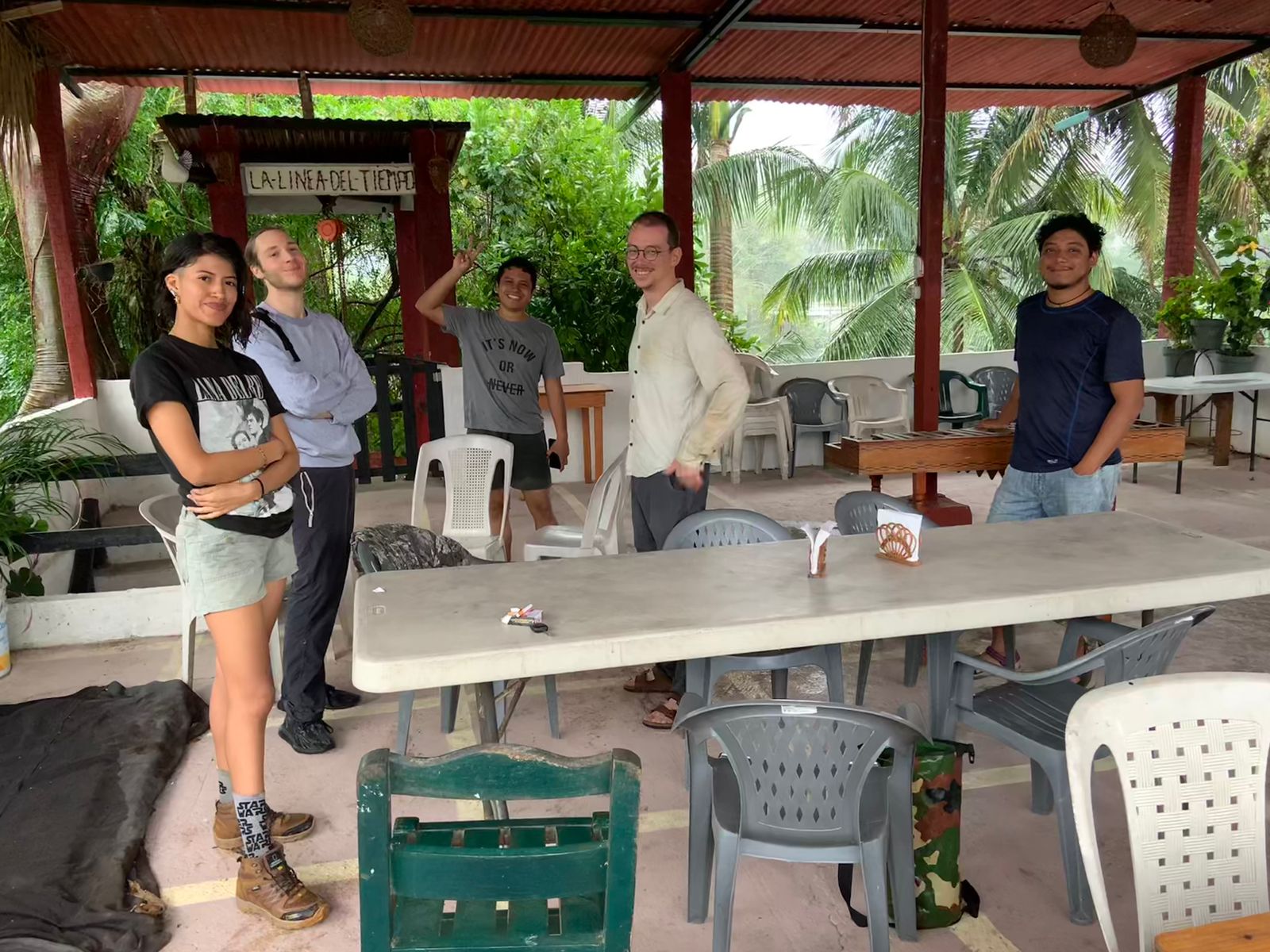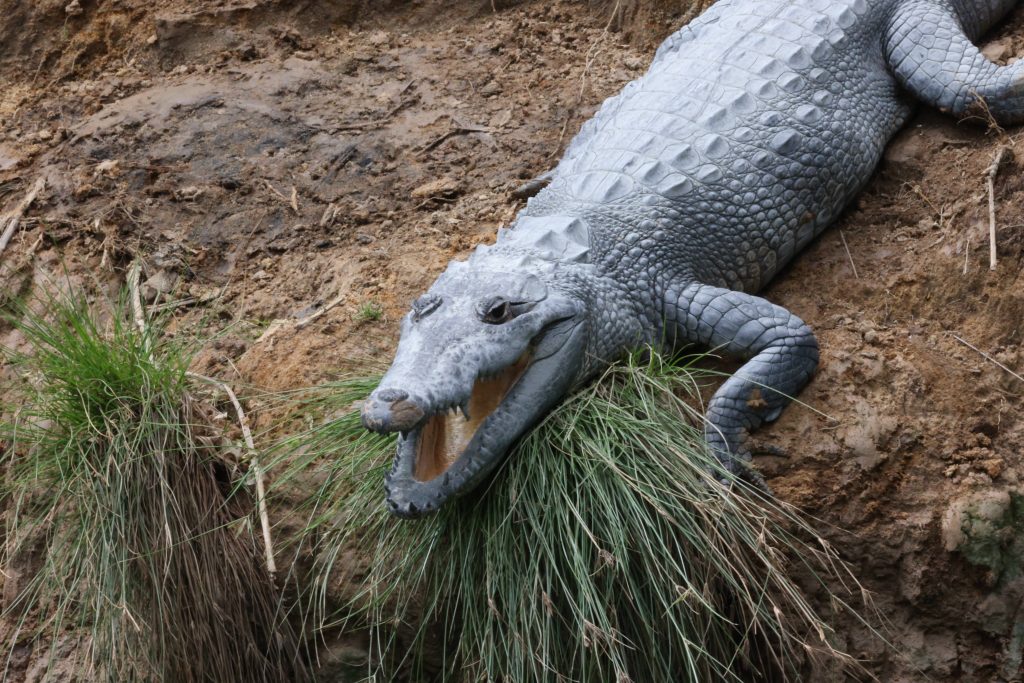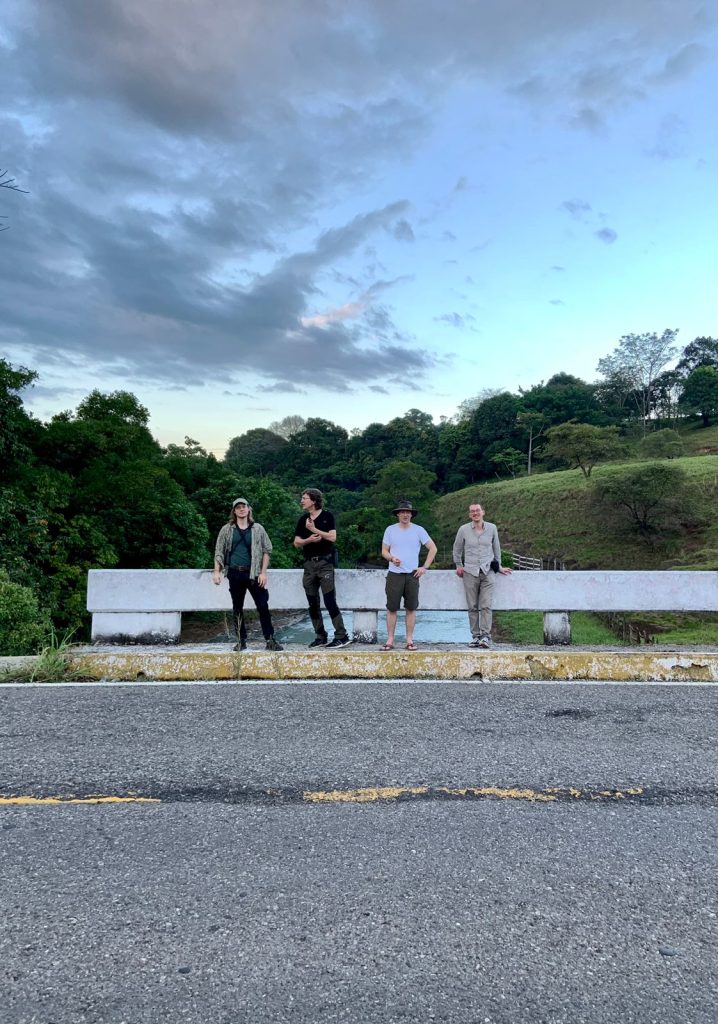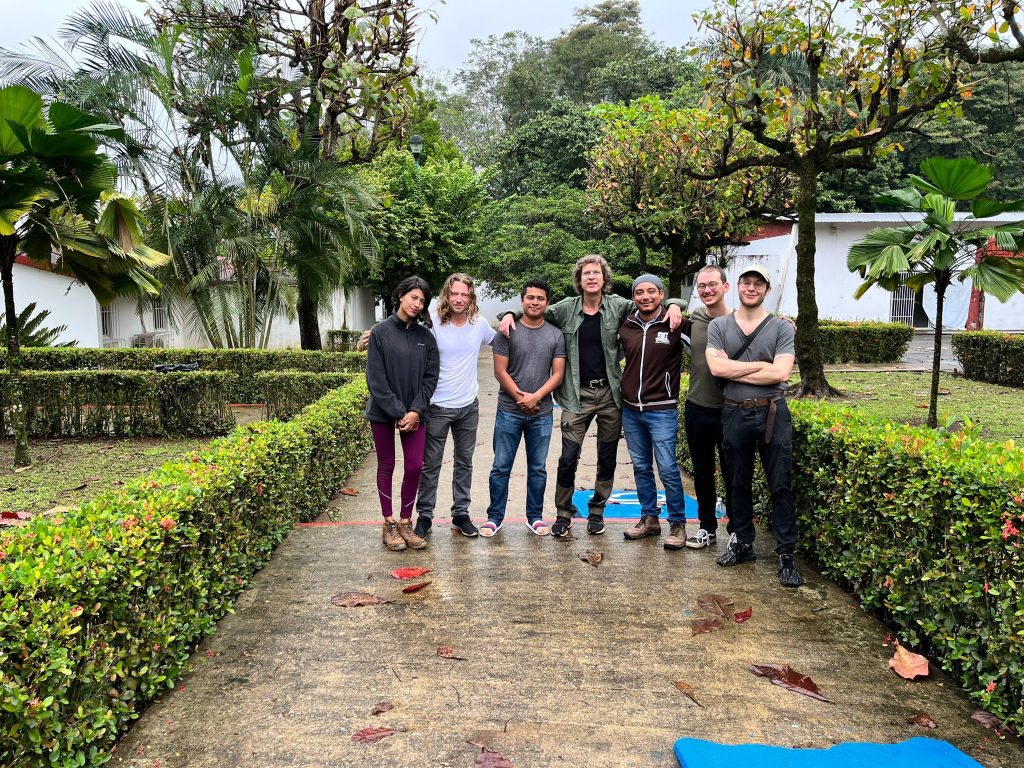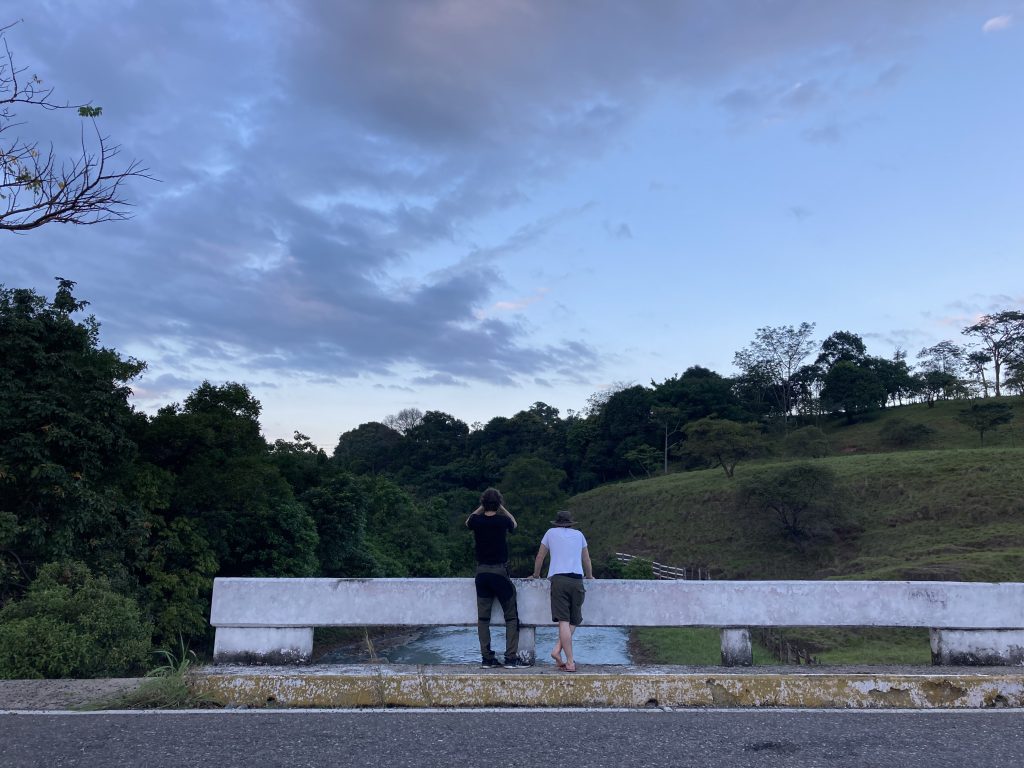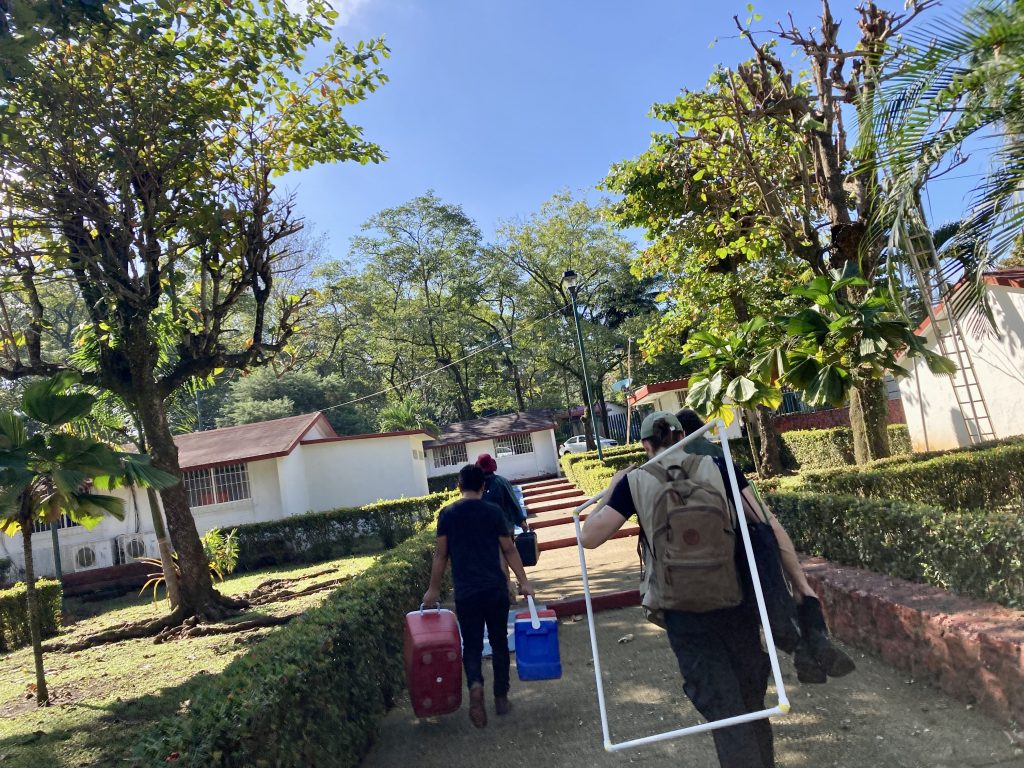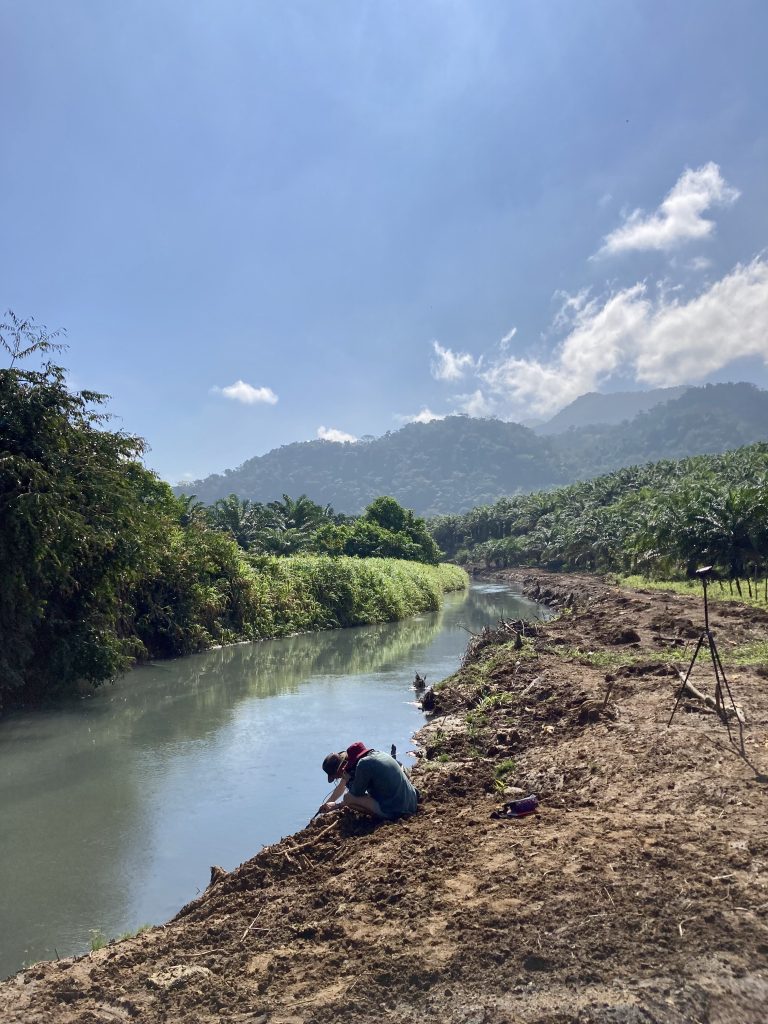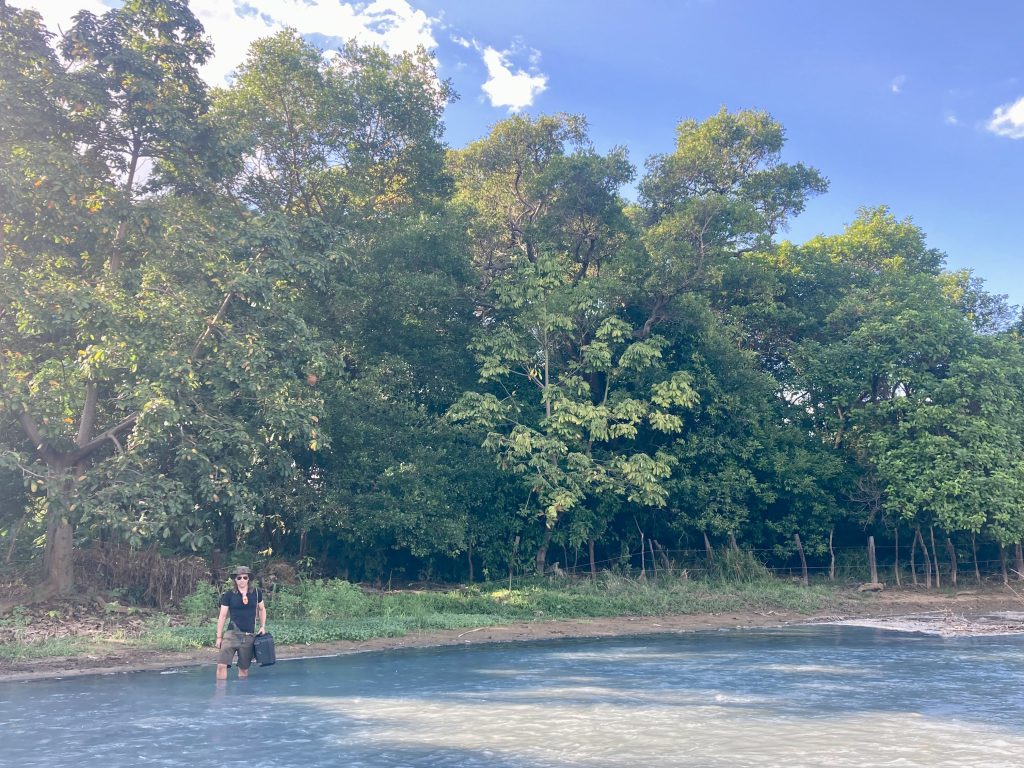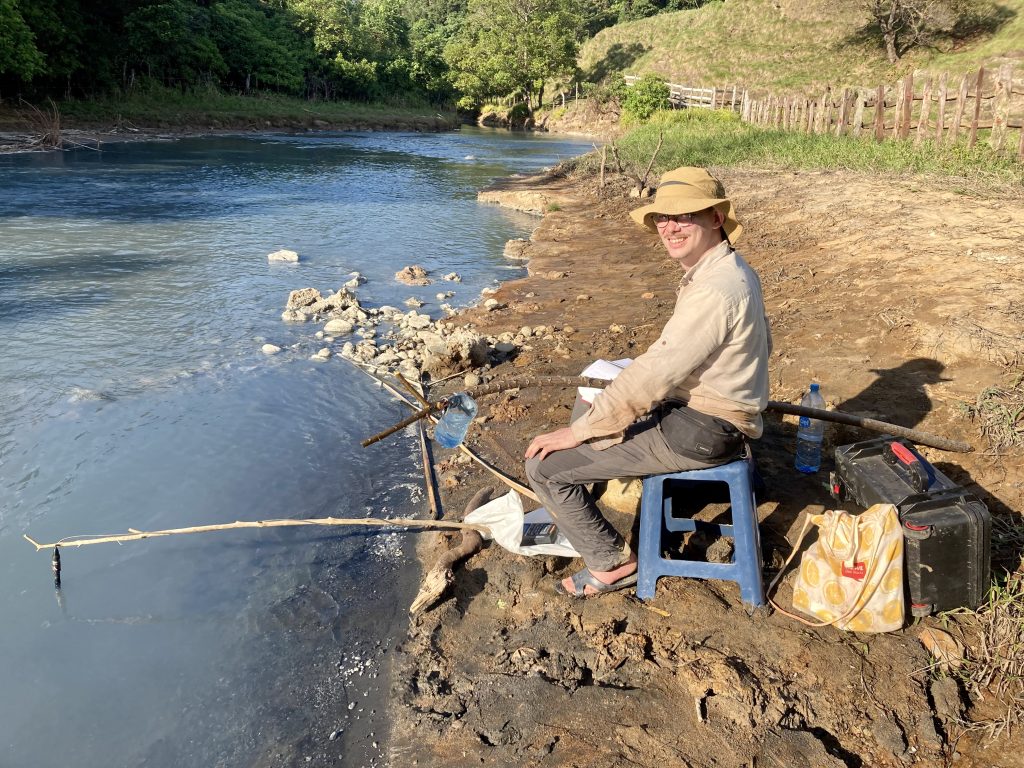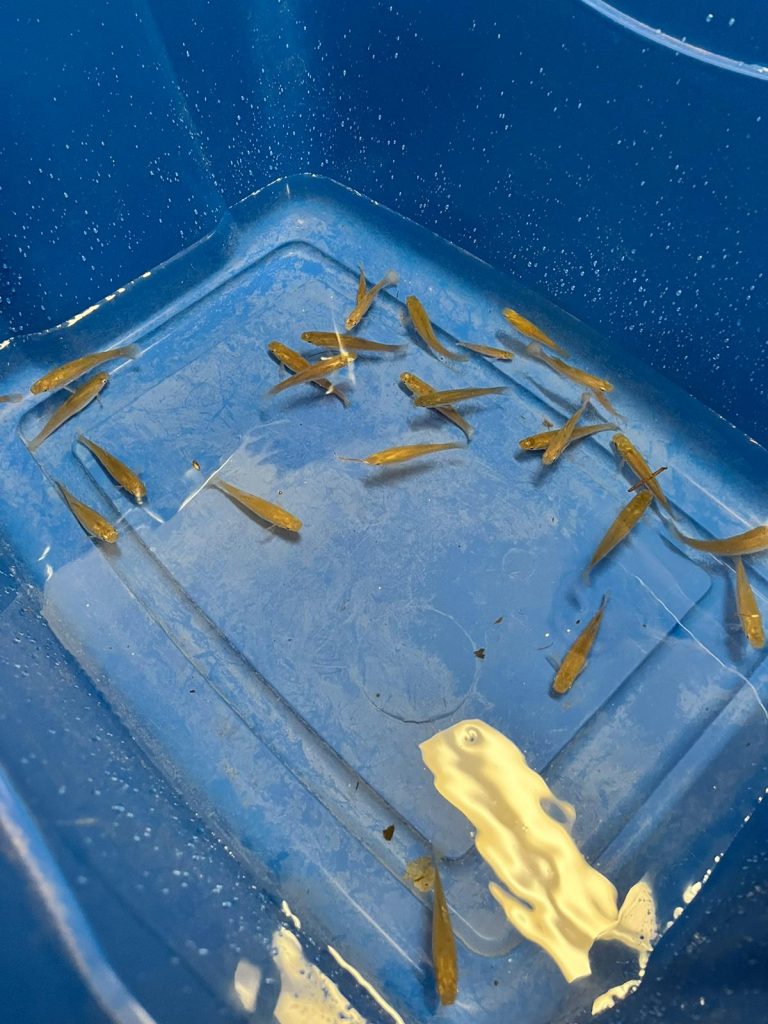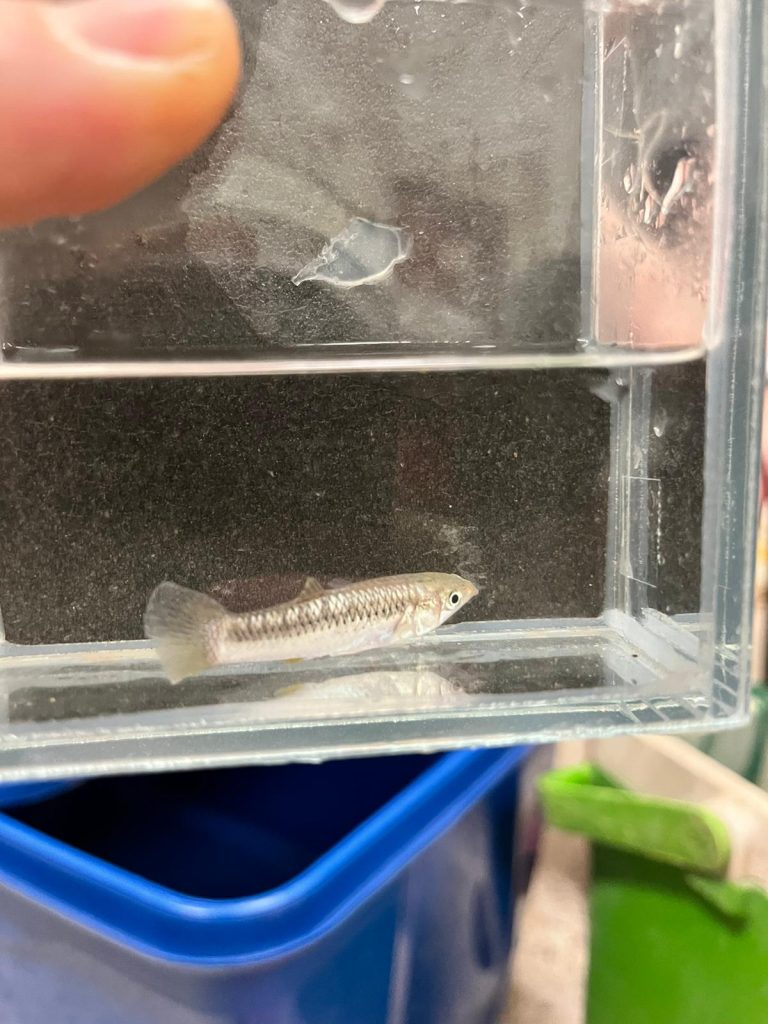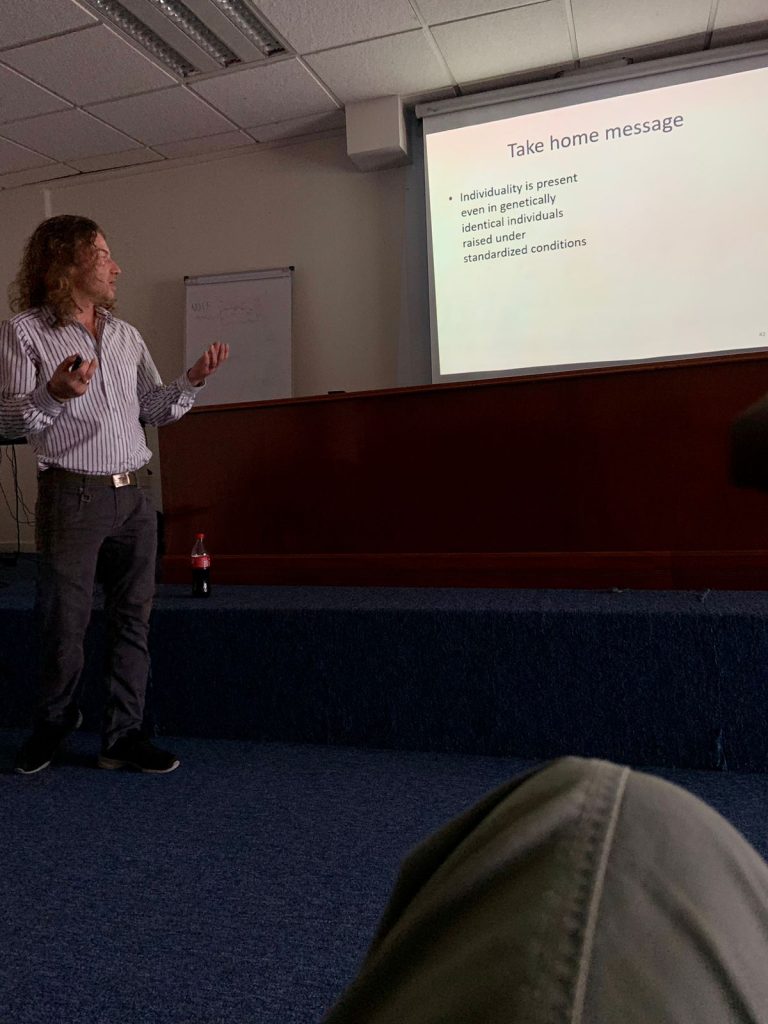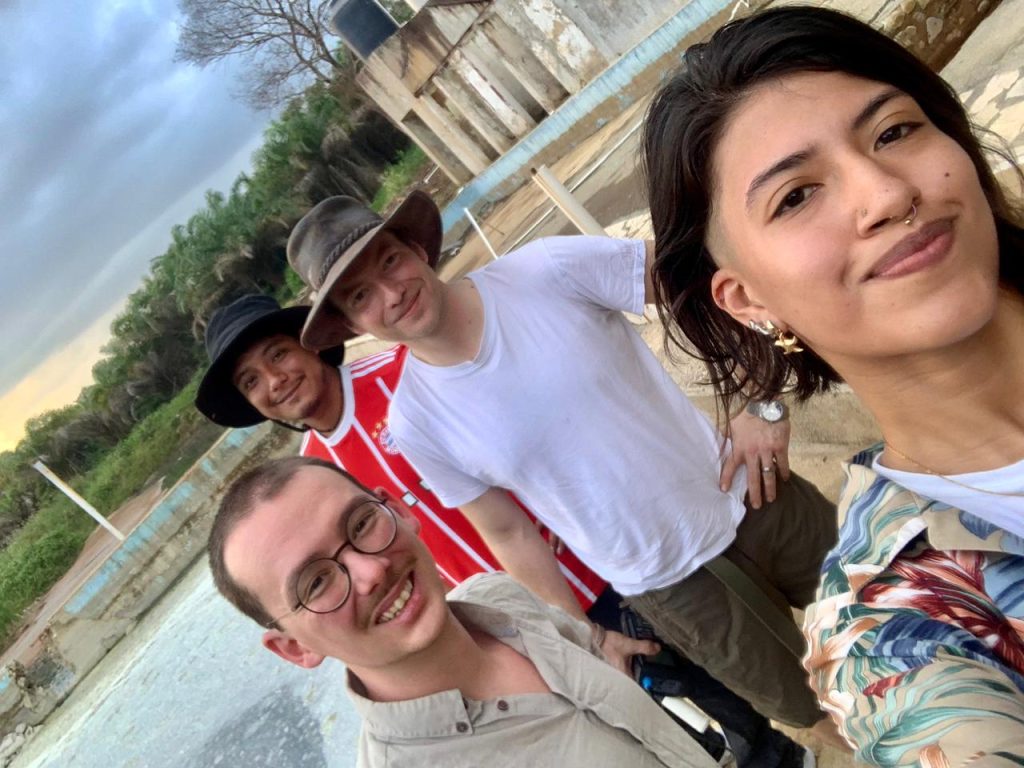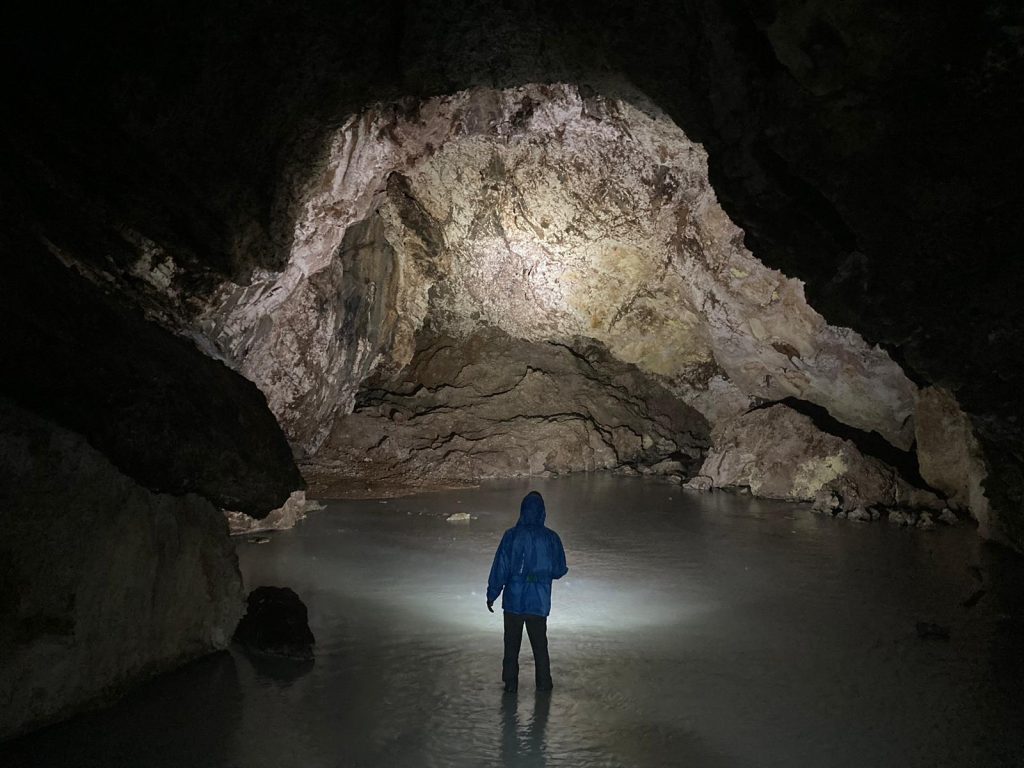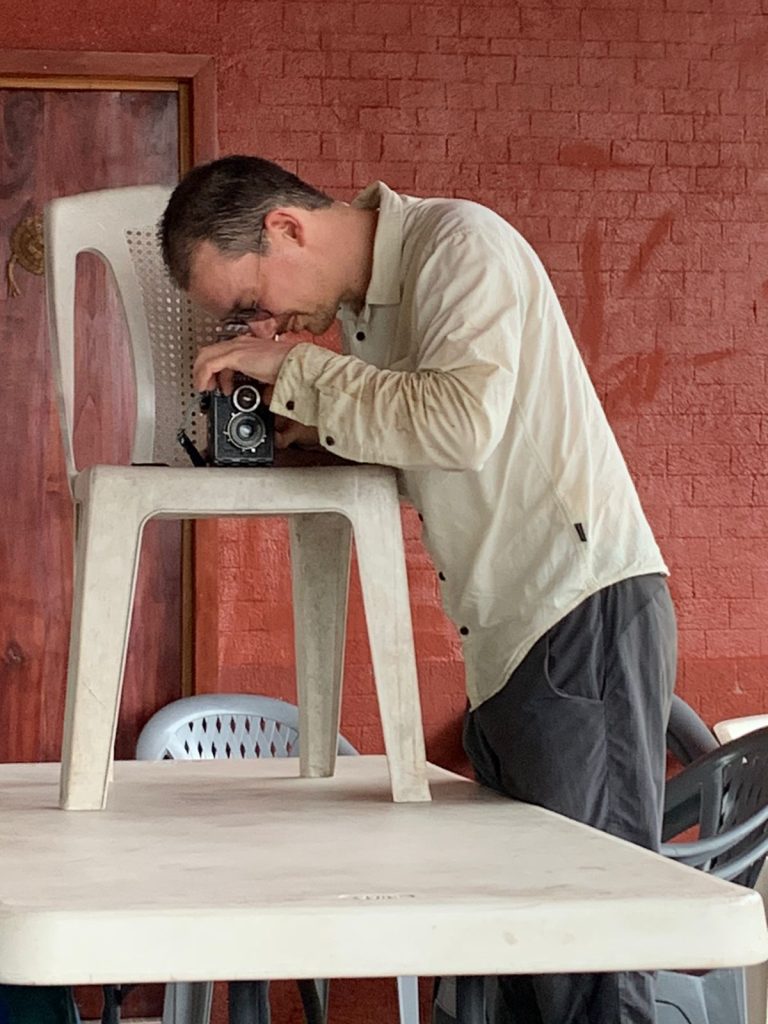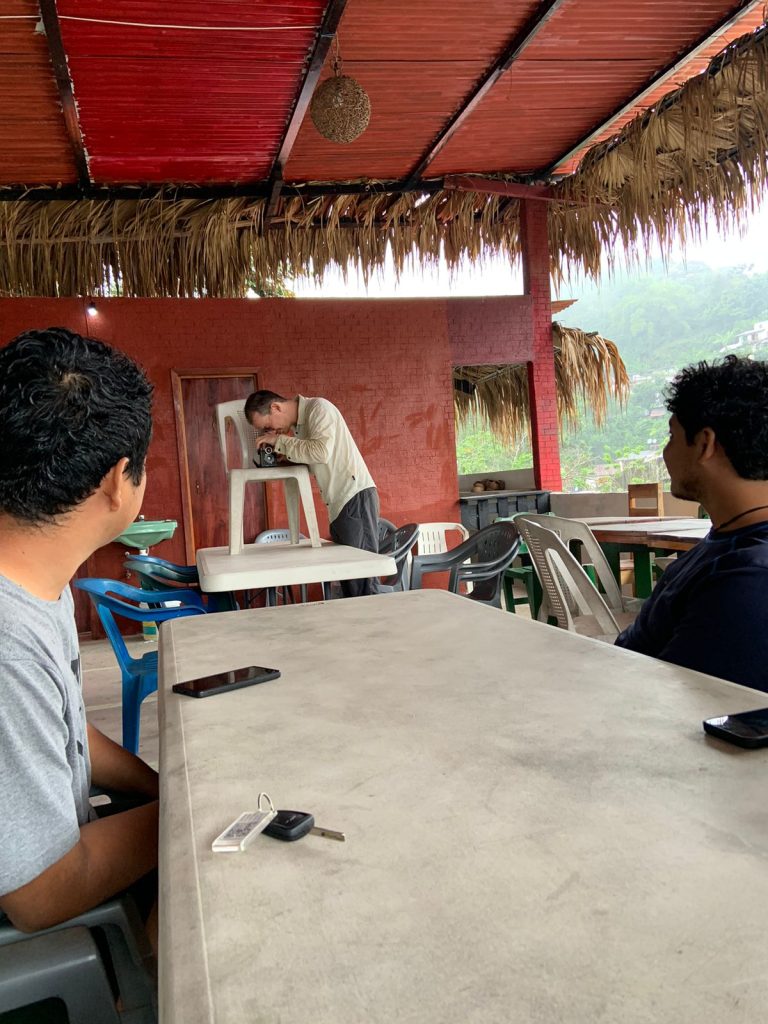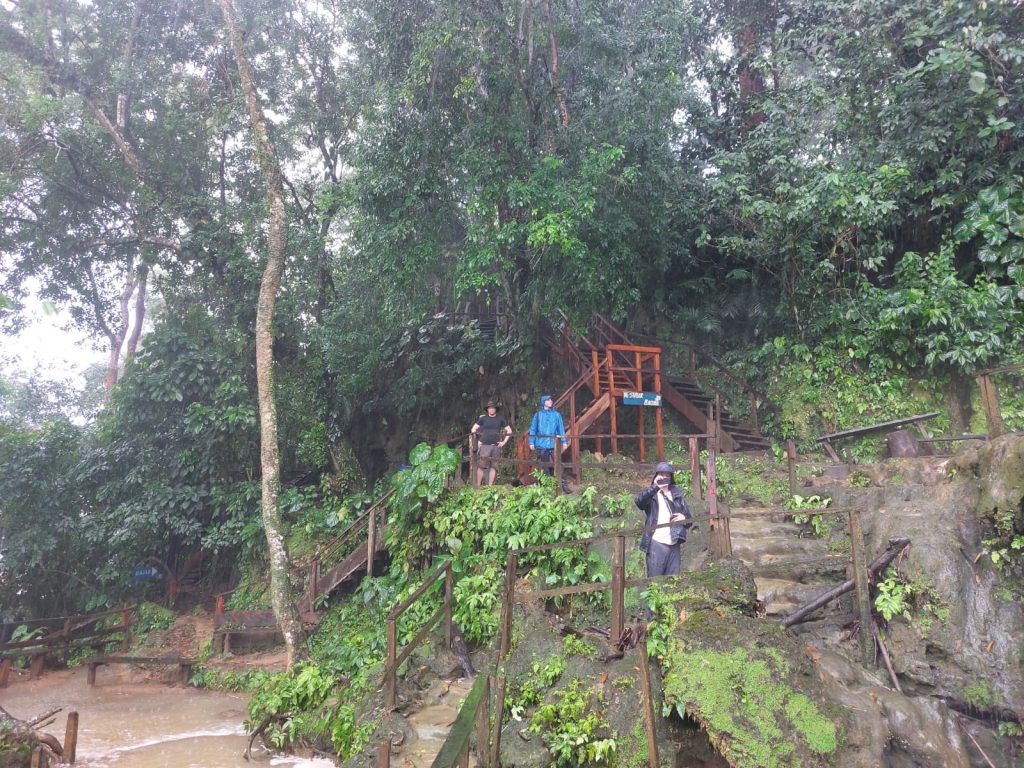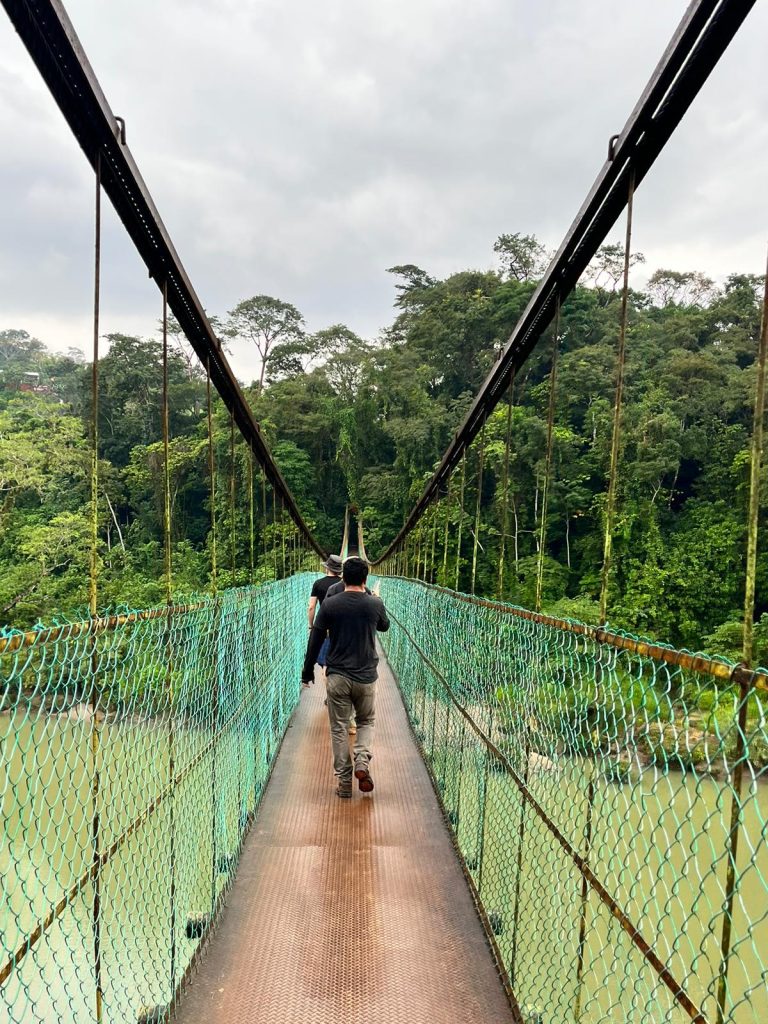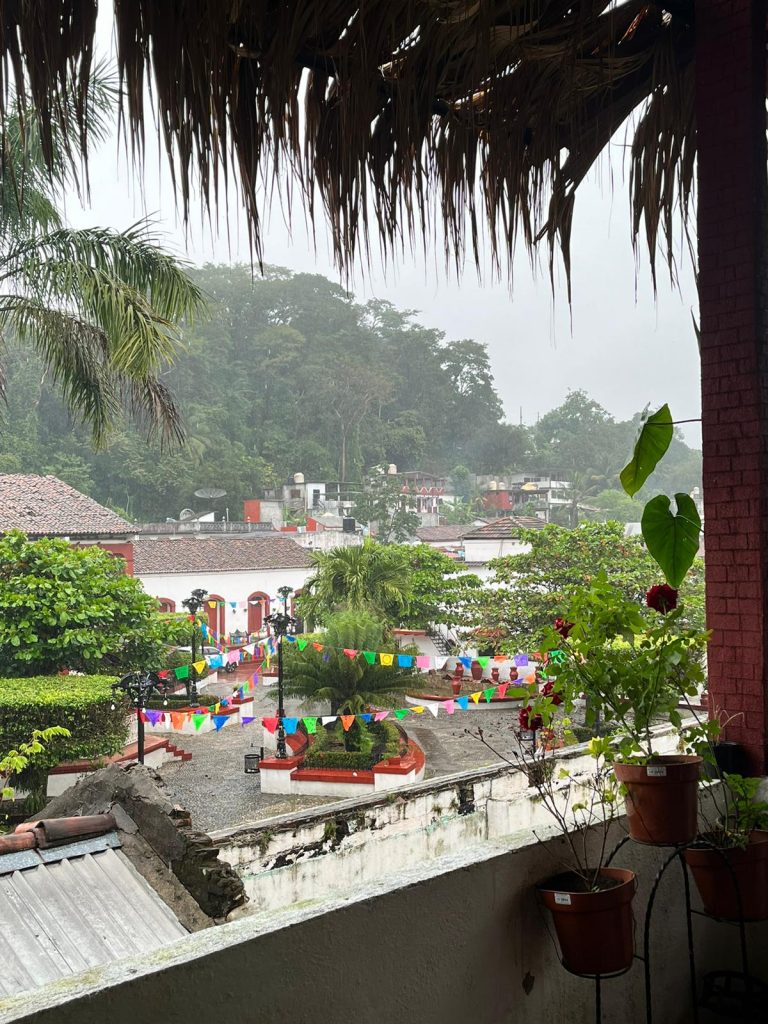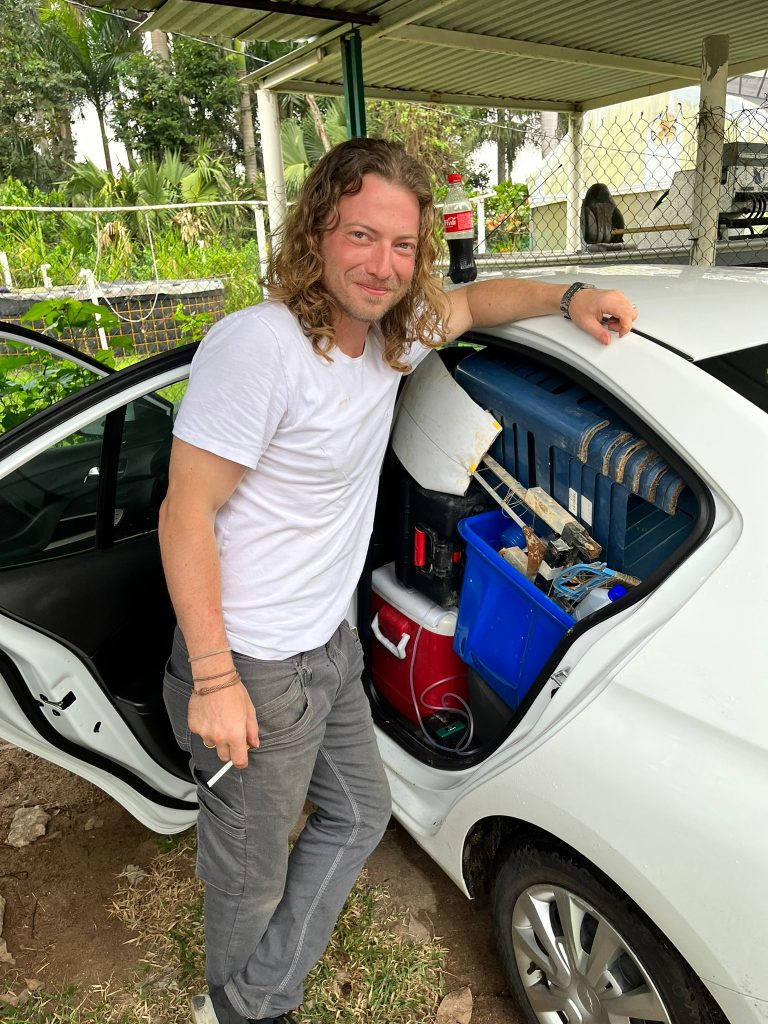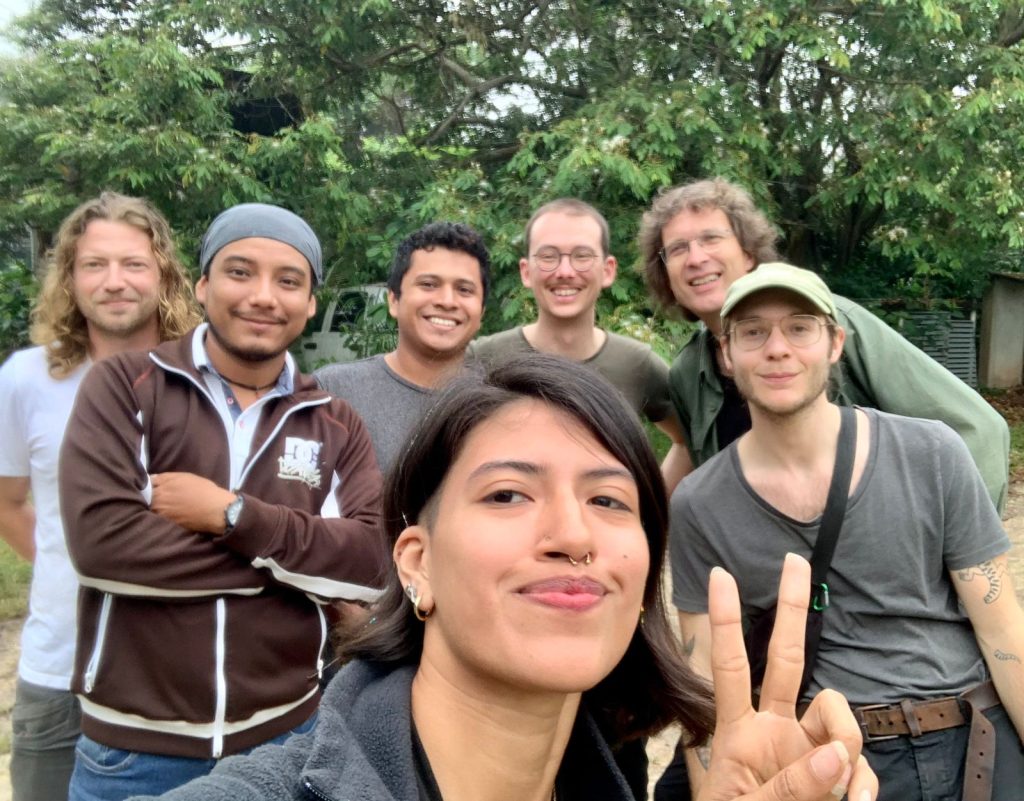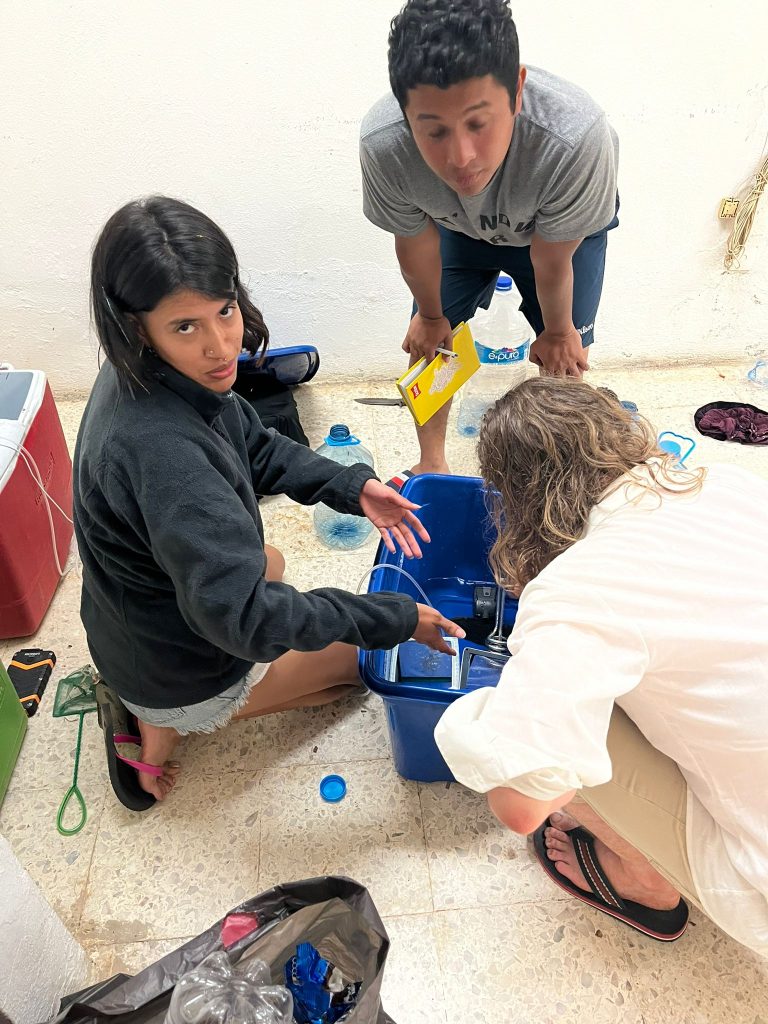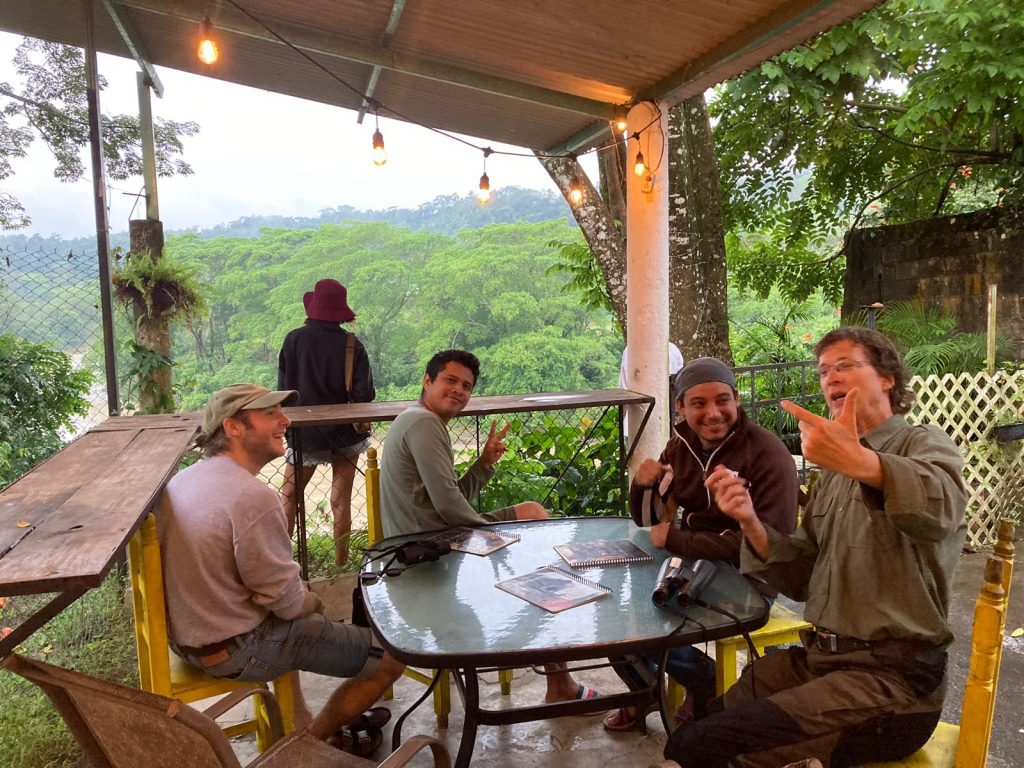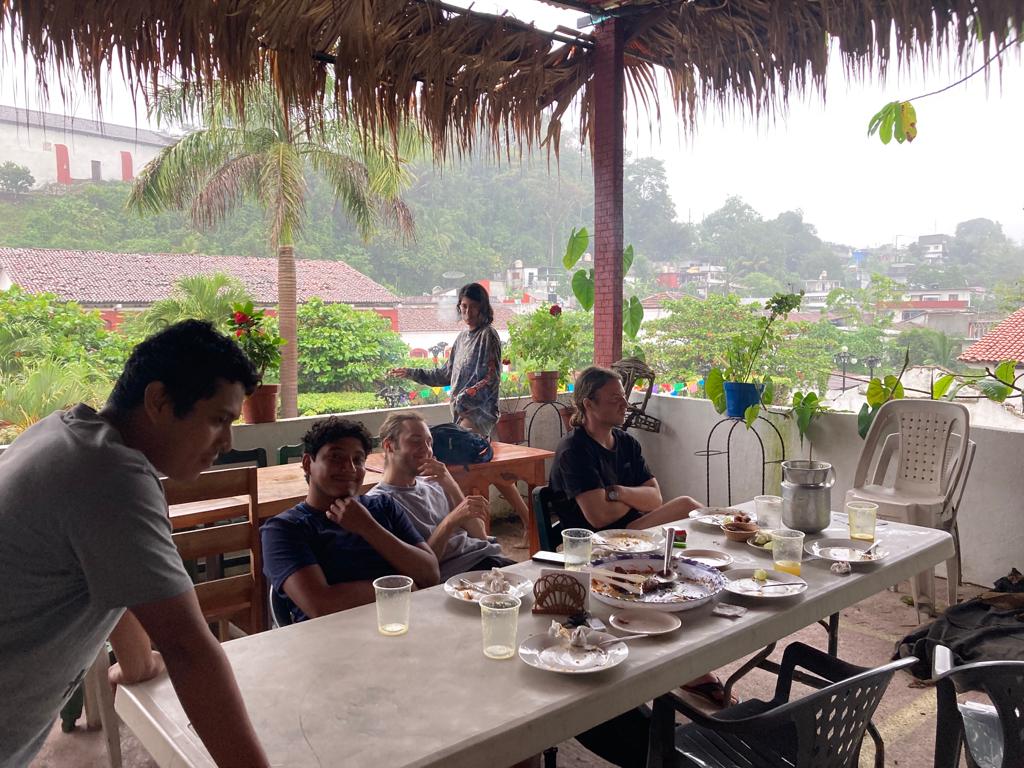Further “Mexican wave” investigations bring the Fish Lab back to Mexico. Check out the photos!
By: Press TeamAbout a year ago, the SCIoI Fish Lab travelled all the way to Mexico to observe a type of fish, Pocilia sulphuraria, displaying a fascinating type of collective behaviour. Organised by the thousands, these fish escape and confuse their predators by moving together like a giant wave in the water, diving down and coming back to the surface over and over again for up to two minutes. This collective motion, which resembles the “Mexican wave” we humans do in football stadiums, seems to only happen when the system is in a state of criticality between order (peace) and chaos (bird attacks), and seems to prove that fish schools work a bit like the brain.
A couple of weeks ago, the Fish Lab went back to Mexico to gather new data for SCIoI Project 41 and intensify relations with the local university, the Universidad Juárez Autónoma de Tabasco. We asked our researcher David Bierbach to tell us a bit about this trip: “This time we were lucky enough to be able to work very closely together with local students – a major difference to all our previous trips. These are biology students who already have lots of experience in field work and in local fauna and flora, so we got a much better understanding of the entire system, also thanks to our great host at UJAT, Prof. Lenin.” David Bierbach also held an invited talk at the Biology Faculty of the local university about his research at SCIoI (such as robots, clones, and Mexican waves).
As the team had never been on this trip in winter, they were also able to observe that the patterns of the collectives they normally study in the summer season are still present in other seasons, which proves that the system is very stable, even with external changes. “Air temperature was around 25-30°C in the shade, in summer it’s normally 35 to 43°C,” said David.
Check out the picture gallery below some impressions of this great research trip!
